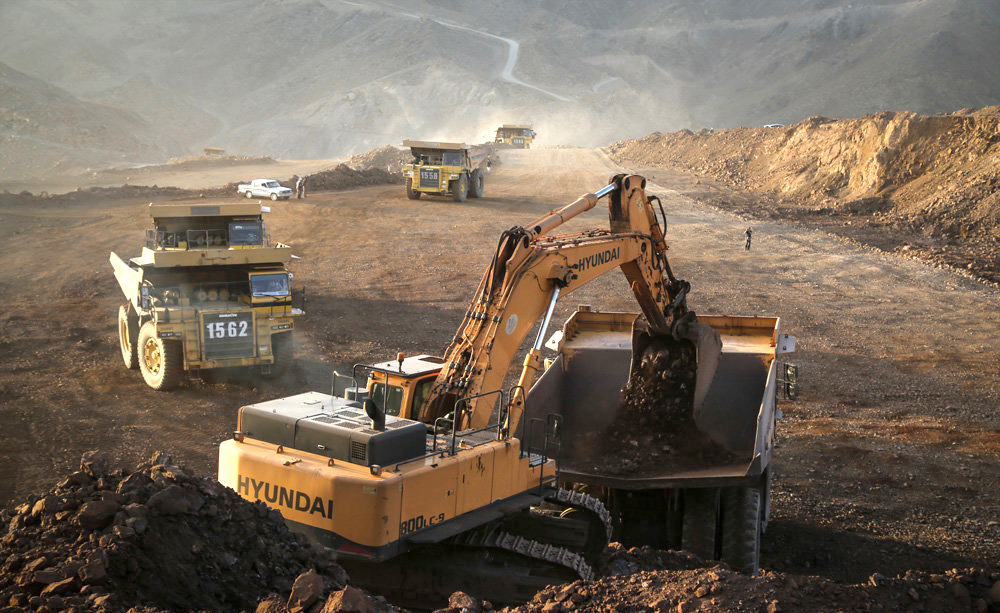Iran’s huge steel growth plan is not yet disrupting the seaborne iron ore pellet markets and is not expected to do so in the near term, steel and iron ore market sources say.
Above all, bar all the technical and economic challenges of growing DRI-based (direct reduction iron) steel production and the iron ore mines and pelletization units to match, politics may limit interference in Persian Gulf markets, a source attending an industry event in Dubai said, S&P Global Platts reported.
Iran has cut the import of pellets and may export the material for now. Its potential swing supply and purchasing role in iron ore pellets is yet to get into gear.
“Iron ore and pellet producer Golgohar plans to start exporting iron ore pellets by the end of the current Iranian year on March 20, 2017,” Keyvan Jafari Tehrani, the head of international affairs at IROPEX, the Iron Ore Producers and Exporters Association of Iran, said on Wednesday.
“With pellets premiums at $20 [or above], it’s feasible to export.”
The IROPEX source said currently a 15% export duty is imposed on pellet exports from Iran, but this should be removed in 2017 because Iran is now self-sufficient in pellets.
Tehrani added that export taxes on DRI should also be lifted because Iran is self-sufficient in DRI and, in fact, now the biggest DRI producer in the world.
“Iran may not be able to produce sufficient DR grade pellets to specifications regional buyers are accustomed to,” a seaborne pellet supplier said.
Tehrani said export volumes may be limited with more focus on DRI and HBI exports.
“Saudi Arabia dictates a lot of what happens in the region and we see no way Iran can politically be able to enter into trade with the regional mills,” he said.
Iranian companies are not very interested in Arab countries of the Persian Gulf region for pellet exports.
Vale Oman and Bahrain Steel are regionally important producers of DR pellet, establishing a solid customer base in the region.
Iran may focus on supplying China and India more, while export duties on iron ore and DRI are currently being approved by the government. For DRI and HBI, European and East Asian markets are being targeted. Iran exports iron ore to China.
Iran does not intend to export iron ore pellets for long and exports are due to be stopped altogether when new steel projects are launched. It may return to become an importer of pellet or concentrated iron ore within a few years.
Iran exports DRI from Bardsir to Kuwait, but Arab countries in the Persian Gulf region are not considered to be very important for raw material exporters.
Iran’s total nominal pellet making capacity is currently 29.5 million tons/year, according to the government. Depending on the iron grade, there may be sufficiency for around 20 million tons of DRI output.
DRI nominal capacity is 28 million tons/year, according to the government.
A 55 million tons/year steel output plan by 2025, which is long held by the government, is facing pressing questions regarding steel markets, investment potential, water and infrastructure.
Iran has started in parallel investment for infrastructure such as port facilities alongside the Persian Gulf, railroad development and a water supply project.


